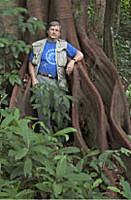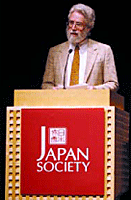Michael Lustbader

Michael Lustbader has spent over thirty years documenting the natural world through photography. His images have been published by National Geographic Publications, Audubon, Sierra Club, Eastman Kodak, Oxford Scientific Films, and hundreds of other book, calendar, and paper product companies, worldwide. His stock photography is represented by Photo Researchers in New York City and The Image Finders in Cleveland, Ohio.
Michael has co-authored Close-Up Photography: Capturing Nature’s Intimate Landscapes and How to Photograph Close-Ups in Nature. A Cibachrome/Ilfochrome printer for over 25 years, he is currently exploring the world of digital imaging and printing, studying at the Rochester Institute of Technology and Pittsburgh Filmmakers. He is a member of the BioCommunications Association (formerly the Biological Photography Association), the American Physicians Art Association, and a charter member of the North American Nature Photography Association.
Michael was first exposed to haiku in the 1960s, while teaching fourth and sixth grades, and even at that time was struck by similarities between this traditional poetic form and photography. Much like the haiku poets of old, he seeks to capture that "special moment" in his photographs.
Visit Michael’s website by clicking here.
